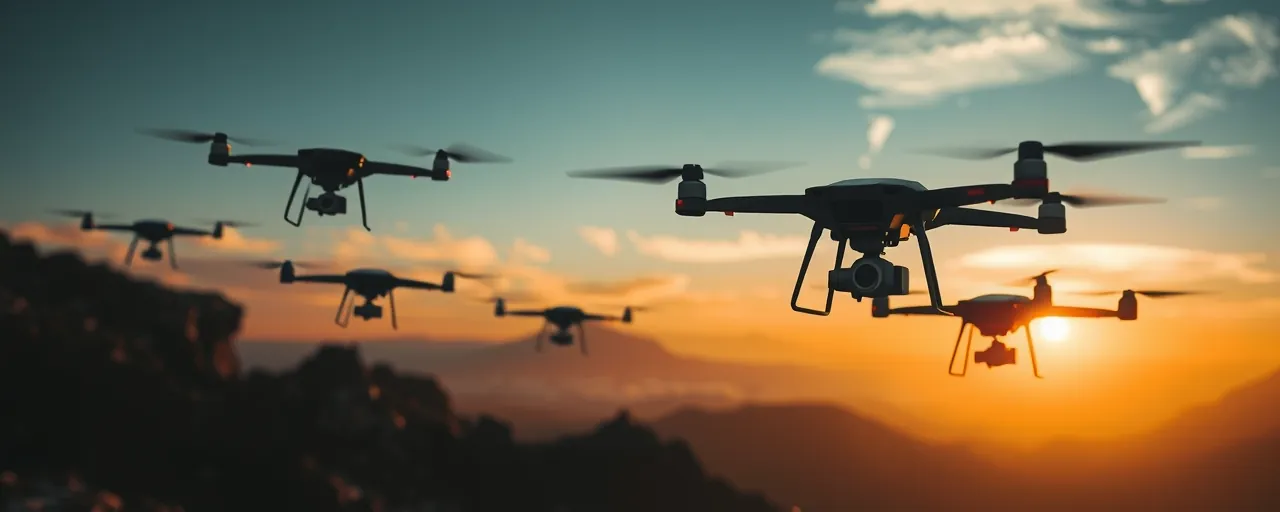A New Vision for the Army
The U.S. Army stands at a crossroads, facing a world where threats move faster than ever. On April 30, 2025, Defense Secretary Pete Hegseth issued a memo directing a sweeping transformation to make the Army leaner, more lethal, and ready for future conflicts. The plan, known as the Army Transformation Initiative, aims to sharpen the force’s edge by cutting outdated systems, embracing cutting-edge technology, and focusing on deterring adversaries, particularly in the Indo-Pacific region. It’s a bold move, but one that’s sparking questions about what this shift means for soldiers, taxpayers, and America’s role on the global stage.
Hegseth’s directive comes with a clear goal: build a force that can defend the homeland and prevent war through strength. The plan emphasizes speed, calling for changes to be in place by 2027. It’s driven by a sense of urgency, with leaders pointing to rising tensions with China and lessons from conflicts like Ukraine. Yet, the transformation isn’t just about weapons or troop numbers. It’s about rethinking how the Army operates, from its headquarters to its contracts, in a world where technology and geopolitics are reshaping warfare.
What’s Changing on the Ground
At the heart of the transformation is a push to modernize the Army’s tools and tactics. The plan calls for long-range missiles that can hit moving targets, drone swarms to overwhelm enemies, and AI-driven command systems to make decisions faster. By 2026, every division is expected to have unmanned systems, and by 2027, AI will guide operations at major headquarters. The Army is also investing in 3D printing to build parts on the battlefield and modernizing factories to stockpile ammunition. These changes aim to keep soldiers ahead in a fight where speed and precision are everything.
To pay for this, the Army is slashing programs deemed obsolete. Old helicopters, excess ground vehicles, and some manned aircraft are on the chopping block. Headquarters are merging, with Army Futures Command and Training and Doctrine Command becoming one. The plan also cuts 1,000 staff positions and reduces general officers to streamline leadership. Secretary of the Army Daniel P. Driscoll says these moves free up dollars for warfighting tech, but some worry that cutting too deep could weaken readiness or morale.
The focus on the Indo-Pacific is unmistakable. The Army plans to boost its presence there through more exercises with allies, pre-positioned supplies, and rotational deployments. This aligns with a broader U.S. strategy to counter China’s growing influence, seen in everything from Taiwan’s defense to disputes in the South China Sea. But this shift raises questions about whether the Army can still respond to crises elsewhere, like the Middle East or Europe.
Voices on Both Sides
Not everyone agrees on the plan’s priorities. Supporters, including Pentagon leaders, argue it’s a necessary response to a world where adversaries are advancing fast. Chief of Staff Gen. Randy A. George points to strong recruiting numbers, with the Army at 90% of its goals and retention hitting targets early. They say the focus on drones, AI, and long-range weapons will save lives by keeping soldiers out of harm’s way. Driscoll highlights exercises with 200 drones as proof the Army is adapting to modern battlefields.
Others raise concerns about what’s being left behind. Some policymakers and analysts question the decision to cancel climate adaptation programs, which had aimed to make bases resilient to extreme weather and cut emissions. The Pentagon’s 2024 Climate Adaptation Plan warned that climate change could disrupt operations, yet the new plan redirects those funds to weapons. Advocates for climate-focused strategies argue this could leave the Army vulnerable to storms, heatwaves, or supply chain issues. Workforce cuts also spark debate, with some civilian employees worried about job security despite promises of merit-based hiring.
Balancing Act in a Complex World
The transformation reflects a broader tug-of-war over what the military should be. On one hand, the push for a leaner force echoes calls for efficiency across government. Reforming contracts to include ‘right to repair’ provisions, for example, could save money by letting the Army fix its own gear. On the other hand, critics argue that focusing solely on lethality risks ignoring long-term challenges like climate or workforce diversity, which affect readiness too. The decision to merge headquarters and cut staff aims to boost combat power, but it could strain leadership if not managed carefully.
Geopolitically, the plan bets big on the Indo-Pacific, where U.S.-China tensions dominate. Recent moves, like expanding joint exercises and reestablishing military communication channels with China, show efforts to deter without escalating. Yet, some experts warn that over-focusing on one region might limit flexibility. Historical shifts, like the post-Cold War pivot to counterterrorism, show how quickly priorities can change. The Army’s challenge is to stay nimble while betting on tech and deterrence.
Looking Ahead
The Army’s transformation is a high-stakes gamble to stay ahead in a world where threats don’t wait. By 2027, leaders hope to field a force that’s faster, smarter, and ready for anything. Soldiers will rely on drones and AI, commanders will make decisions at lightning speed, and allies will feel America’s presence in the Pacific. If it works, the Army could redefine deterrence for a new era. If it falters, gaps in readiness or resources could leave the nation exposed.
For everyday Americans, this plan isn’t just about tanks or treaties. It’s about what kind of future the military is preparing for and whether it can balance today’s needs with tomorrow’s risks. As the Army reshapes itself, the debate over its priorities will only grow louder, touching everything from jobs to national security. The question is whether this bold vision will deliver strength, stability, or something else entirely.
